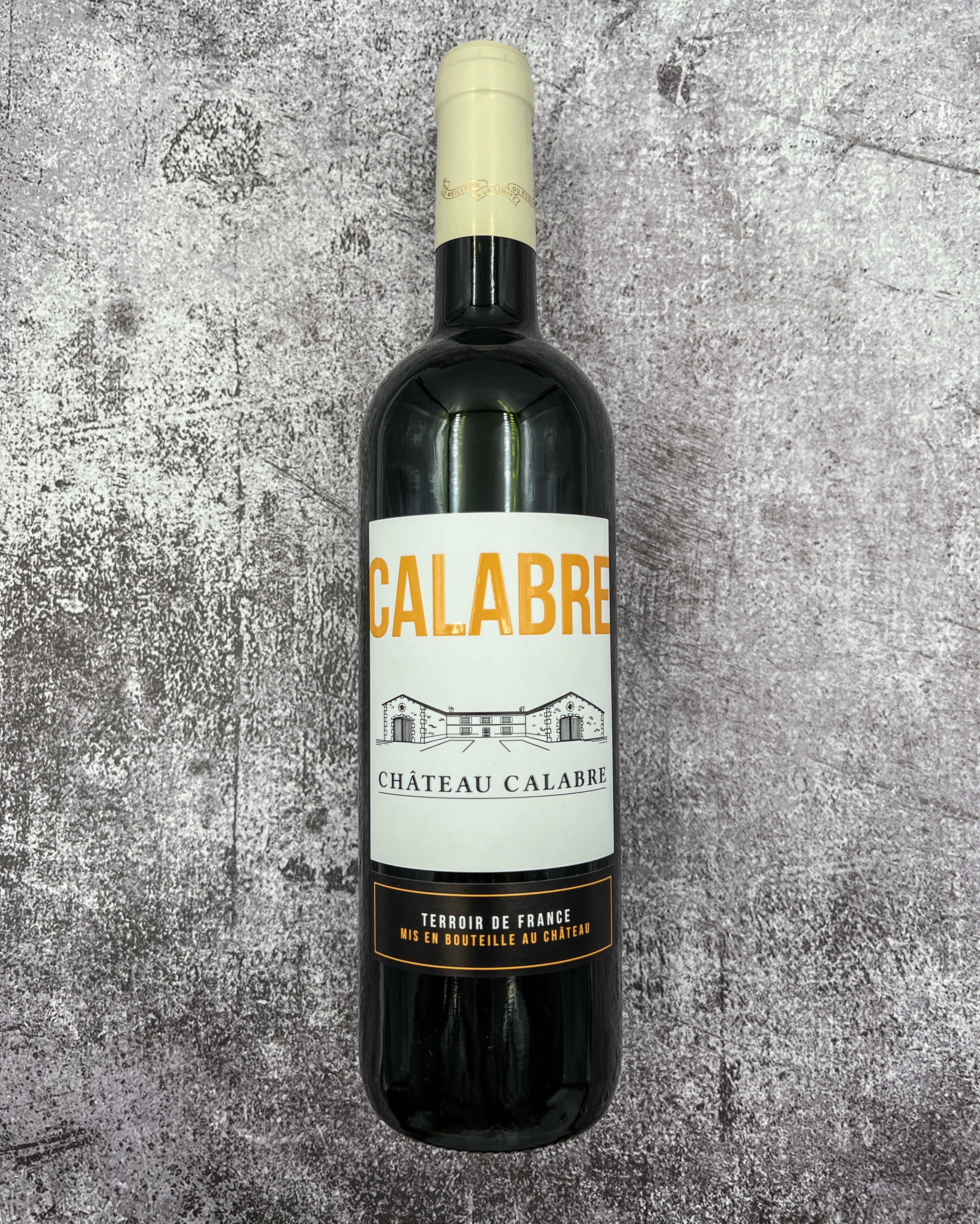Description
From: Bergerac, France
Varietals: Merlot 60%, Cabernet Sauvignon 20% and Cabernet Franc 20%
Taste: Even though this looks like a heavy wine, trust us, chill it down! Go about ten degrees warmer than your fridge temperature and you’ll be in good shape. Fresh blackberries, a hint of zesty pepper, tobacco leaf, and graphite; this drinks like a Right Bank Bordeaux.
Pairing: The classic bistro wine, this lovely, fresh red wine from Bergerac is perfect for any evening with friends. Enjoy alone or with steak tartare, steak frites, bahn mi, and even vermicelli/rice bowls. It’s extremely food-friendly, so your options are many! I’d suggest just watching the level of spice with this wine, but other than that, you could even do this with fish dishes.
About Bergerac. The region is familiar to many holidaymakers, but its wines are often all but forgotten, thanks a host of confusing names and sub-zones, not to mention its proximity to Bordeaux. But persevere, says Stephen Brook, and you’ll find some of the best value wine in France.
As a wine appellation, Bergerac is an umbrella name for a host of wines, often rather basic, that can be white, red, off-dry or sweet. Within the Bergerac zone are more specific sub-zones, such as Montravel (red, dry, and sweet), Monbazillac (sweet wines from vineyards that also produce Bergerac), Pécharmant (red only), Saussignac (sweet) and others.
It’s all very confusing, and the 13 different appellations no doubt account for the bafflement with which many wine enthusiasts regard the region. But there’s a more deep-seated reason for the neglect of Bergerac’s wines. It borders Bordeaux–literally, in the case of Montravel – and its grape varieties are essentially the same. Yet it can’t avoid being overshadowed by its grander and more illustrious neighbour to the west. ‘Bordeaux and the Dordogne have always been at war,’ says Luc deConti, one of Bergerac’s most celebrated producers.So there is a political move for Bergerac to ally itself with what is broadly known as the southwest, a sprawl of regions with little in common such as Buzet, Madiran and Irouléguy in the Basque country. I’m no marketeer, but to me this makes seven less sense, although Conti, among others, finds it useful to team up with selected southwest producers for promotional purposes, as they are not in competition with each other.
The murkiness of these issues – and don’t even ask about the difference between the Bergerac AC and Côtes de Bergerac AC – is regrettable, as the wines can be very good, and the prices tend to be more than reasonable. It’s rusticity that can damage the reputation of red Bergerac. Lying inland from Bordeaux, its red grapes tend to ripen about 10 days later. So often the grapes are picked at less than optimal ripeness and the wines can be astringent. Tannin management is the key here, and this also explains why the earlier-ripening Merlot is more widely planted than the Cabernet grapes.

